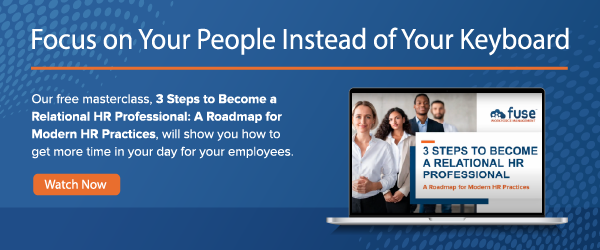Succession planning software is designed to help organizations identify and develop internal candidates for key positions. Proper succession planning ensures that businesses are well-prepared for transitions, whether due to retirements, resignations, or unexpected vacancies. By leveraging technology, companies can evaluate the potential of current employees and prepare them for future responsibilities, reducing the risk associated with leadership gaps.
Key Features of Succession Planning Software
Identifying Talent
Succession planning software helps pinpoint employees who have the potential to grow and take on greater responsibilities within the organization in the future. Succession planning software uses detailed analysis and set standards to evaluate people based on their skills and how well they perform to identify future successors.
Development Tools
Succession planning software also makes designing customized development plans for each individual and role easier. These plans often include targeted training sessions, specific projects designed to enhance skills, and rotational assignments across different departments.
Career Pathways
Employees are shown clear career paths and the specific qualifications needed to advance. This transparency motivates employees and aligns their career goals with organizational needs.
Succession Analytics
With robust reporting features, HR managers can track the progress of succession plans and make adjustments based on real-time data. This helps ensure all potential succession gaps are covered.
Integration Capabilities
To offer a holistic view of each employee’s capabilities and potential, succession planning software often integrates with other HR systems, such as performance management and learning management systems.
Benefits of Succession Planning Software
- Minimize disruptions and maintain continuity in important roles by preparing employees for leadership positions in advance.
- Reduce turnover risks through organizational stability and promotional opportunities.
- Enhance employee engagement by providing a clear path for growth within an organization.
- Reduce costs by developing internal talent rather than recruiting external candidates.
- Centrally track and manage succession plans for all key positions and employees.
- Identify best-fit candidates and create training plans to prepare them for future roles.
Succession Planning Without Software
Many smaller companies can manage their succession planning through more traditional methods, such as manual tracking systems, development programs, and feedback and assessments from employees and supervisors. Many companies with a more straightforward organizational structure can get by with the use of spreadsheets to track performance reviews and potential candidates for succession. These old-school companies may also still be using targeted development programs, which can include leadership training workshops and cross-functional projects.
While these methods can be effective, they often require a significant amount of manual effort and can be prone to human error. They may also lack the scalability and precision that come with automated systems, particularly for larger organizations.
How Succession Planning Software Simplifies The Process For Larger Companies
Managing succession planning without dedicated software can become inconvenient and inefficient as companies grow. Here are some ways the right software can benefit large or growing businesses:
Automation and Scalability
Succession planning software automates many of the processes involved in identifying and developing future leaders. This is particularly valuable for large organizations with many employees, where manual tracking can become unwieldy.
Data Integration
Such software can integrate data from various sources, including performance appraisals, employee surveys, and training records. This provides a comprehensive view of each employee’s performance and potential, which is crucial for making informed decisions.
Strategic Alignment
Succession planning software ensures that succession planning aligns with the organization's overall strategic goals. It allows for scenario planning and forecasting to better prepare for future organizational needs.
Implementing Succession Planning Software
Successful implementation requires buy-in from all levels of leadership to ensure that the program is taken seriously. Succession planning software is more than just an HR tool, it’s an asset that can influence the success and long term stability of an organization. When implemented properly, this software can not only secure leadership pipelines but also demonstrate a commitment to employee growth and development.
How Essential Is Succession Planning Software For You?
Succession planning software can be expensive, and deciding whether or not to invest in it is a big decision for any organization. A key factor many companies should take into consideration is the size of your company. Many smaller companies can get away without the need for it, but some larger companies with many employees and multiple layers of management are more likely to benefit from succession planning software. The complexity and volume of data involved in tracking potential successors in such environments can be overwhelming without automated tools while also reducing the risk of human error.
Another thing to look at is your organization's turnover and promotion rates. Organizations that experience high turnover rates or frequent promotions within their leadership ranks might find succession planning software essential. It helps manage these changes smoothly and ensures that key positions are always staffed with well-prepared individuals.
You should also factor in the growth trajectory of your company. Faster-growing companies may require robust succession planning tools to keep up with the pace of organizational change and development, especially those that are expanding into new markets or adding new departments.
What Does Fuse Workforce Management Do?
Fuse Workforce Management incorporates a sophisticated succession planning module within its all-in-one suite of HR tools. This integration allows organizations to seamlessly access and utilize vital employee data across performance, payroll, and personal development areas, all from a single platform. By combining these functions, Fuse Workforce not only streamlines the succession planning process but also enhances its accuracy and efficiency, making it an invaluable resource for companies aiming to manage and develop their future leaders strategically.

